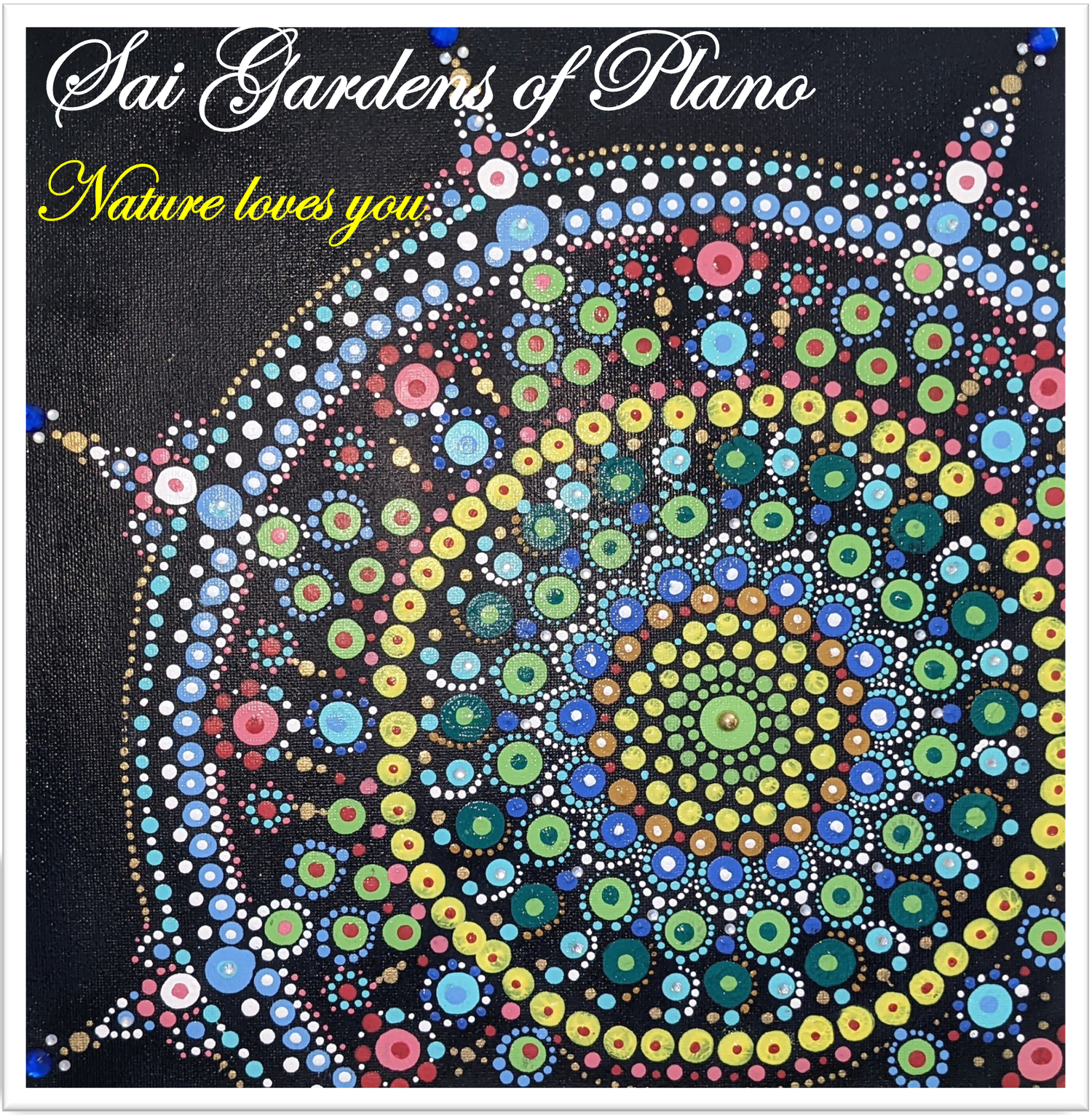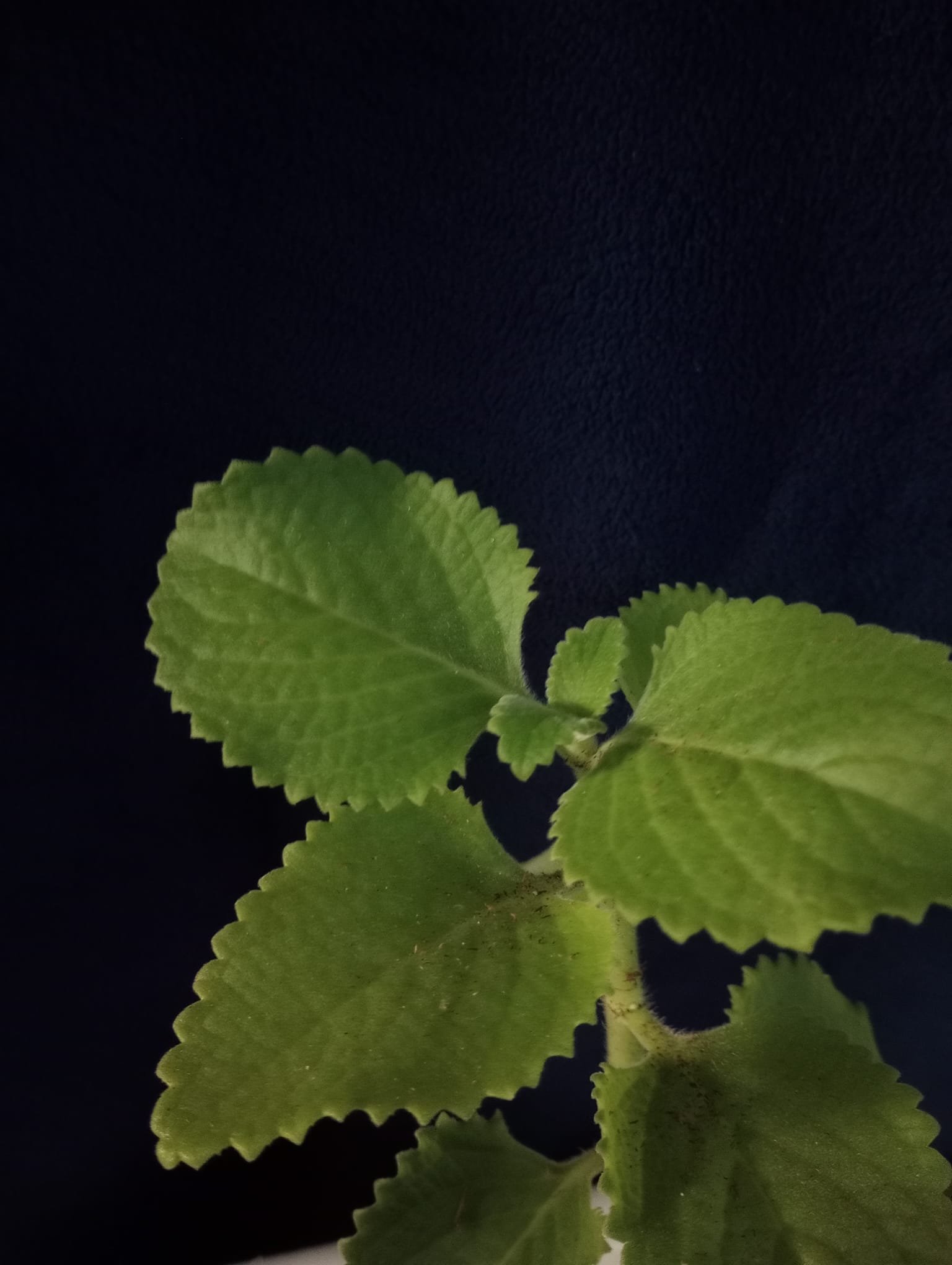 Image 1 of 2
Image 1 of 2

 Image 2 of 2
Image 2 of 2



Indigo
Plant in 4-inch container.
The indigo plant, primarily Indigofera tinctoria, holds a fascinating history and continues to be relevant today. Here's a look at what makes it significant:
True indigo (Indigofera tinctoria) is a shrubby plant, usually growing to about 2-3 feet tall. It belongs to the pea family (Fabaceae). It has light green, pinnate leaves and produces clusters of pink to violet flowers in the summer. The leaves of this plant contain indican, a compound that, through fermentation, yields the prized blue dye, indigotin.
Uses Beyond Dye:
Natural Dye: Even with synthetic alternatives, natural indigo remains sought after by artisans, premium clothing companies, and those interested in traditional methods. It produces a rich blue with unique variations depending on the plant's origin and processing.
Soil Improvement: As a legume, indigo can fix nitrogen in the soil, making it valuable as a cover crop and green manure.
Traditional Medicine: In various cultures, different parts of the indigo plant have been used to treat a range of ailments, although scientific evidence for these uses is often lacking. These include applications for skin conditions, wounds, and even internal issues.
Other Applications: Historically, indigo has been used as a cosmetic (eyeshadow), hair dye (sometimes with henna), and even as an insect repellent.
Plant in 4-inch container.
The indigo plant, primarily Indigofera tinctoria, holds a fascinating history and continues to be relevant today. Here's a look at what makes it significant:
True indigo (Indigofera tinctoria) is a shrubby plant, usually growing to about 2-3 feet tall. It belongs to the pea family (Fabaceae). It has light green, pinnate leaves and produces clusters of pink to violet flowers in the summer. The leaves of this plant contain indican, a compound that, through fermentation, yields the prized blue dye, indigotin.
Uses Beyond Dye:
Natural Dye: Even with synthetic alternatives, natural indigo remains sought after by artisans, premium clothing companies, and those interested in traditional methods. It produces a rich blue with unique variations depending on the plant's origin and processing.
Soil Improvement: As a legume, indigo can fix nitrogen in the soil, making it valuable as a cover crop and green manure.
Traditional Medicine: In various cultures, different parts of the indigo plant have been used to treat a range of ailments, although scientific evidence for these uses is often lacking. These include applications for skin conditions, wounds, and even internal issues.
Other Applications: Historically, indigo has been used as a cosmetic (eyeshadow), hair dye (sometimes with henna), and even as an insect repellent.














